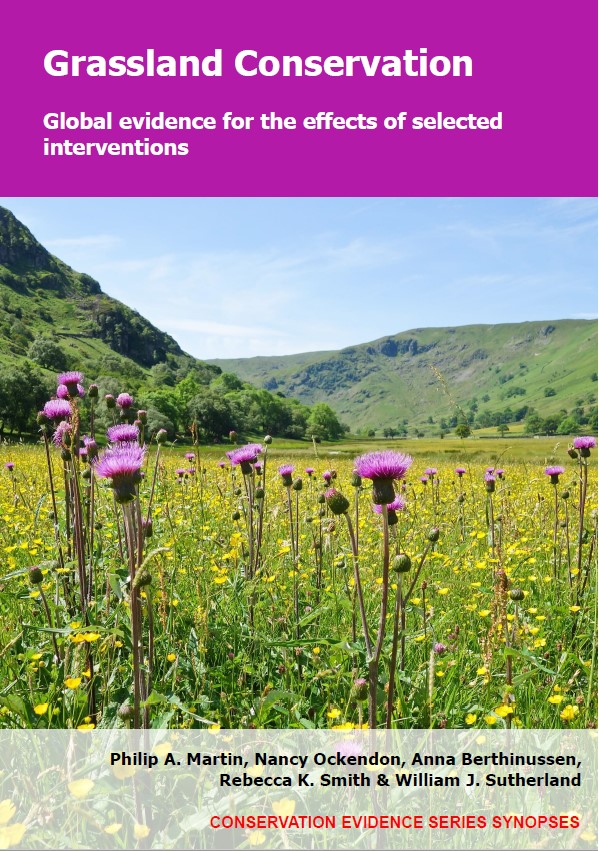Sow seeds at start of growing season
-
Overall effectiveness category Evidence not assessed
-
Number of studies: 3
View assessment score
Hide assessment score
How is the evidence assessed?
-
Effectiveness
not assessed -
Certainty
not assessed -
Harms
not assessed
Study locations
Supporting evidence from individual studies
A replicated, randomized, paired, controlled study in 1994–1996 in two ex-arable sites in Scotland, UK (Lawson et al. 2004) found that sowing seeds in the spring increased the cover of sown forb and grass species, as well as the number of sown species, and reduced the cover and species richness of non-sown species when compared to sowing in the autumn. More species that were sown were present in areas where seeds were sown in spring than areas where seeds were sown in the autumn, and the same pattern was true for cover of sown forb and grass species (no data reported). Similarly, there were fewer non-sown species in areas where seeds were sown in spring compared to areas where seeds were sown in autumn, and their cover was also lower (no data reported). Before seeding, sites were ploughed and harrowed. In May 1994, seeds of 18 species were sown at a rate of 4 g/m2 in four 3 x 9 m plots, and seeds were sown in another four plots in October 1994 at each site. Plant cover and species richness were estimated in June/July 1995 and 1996 using a 1 x 1 m quadrat placed in each plot.
Study and other actions testedA replicated, paired, controlled study in 1998–1999 in tallgrass prairie in Iowa, USA (Williams et al. 2007) found that sowing a local seed mix in spring did not change the number of forb seedlings that emerged when compared to sowing in winter. Plots sown in spring contained 18–32 seedlings/m2, while those sown in winter contained 14–24 seedlings/m2. Six 15 x 20 m plots were sown with 23 native forb species at a rate of 350 seeds/m2 in November 1998 (winter seeding), and six plots were sown in April 1999 (spring). All plots were burned before seeding and mowed weekly from May to September. All plants in seven randomly placed 0.25-m2 quadrats/plot were identified every month from June to September.
Study and other actions testedA replicated, randomized, controlled study in 2005–2010 in two grassland sites in Iowa, USA (Martin & Wilsey 2012) found that sowing seeds in spring increased plant diversity compared to sowing seeds in autumn. In areas where seeds were sown in spring, plant species diversity was higher than in areas where seeds were sown in autumn (data reported as Simpson’s diversity index). In 2005, at each site, fifty-eight 5 x 5 m plots were sown with grass and/or prairie seeds in spring and 58 plots were sown with grass and/or prairie seeds in autumn. In 2006–2010, point intercept sampling was using to estimate species diversity in each plot.
Study and other actions tested
Where has this evidence come from?
List of journals searched by synopsis
All the journals searched for all synopses
This Action forms part of the Action Synopsis:
Grassland Conservation
Grassland Conservation - Published 2021
Grassland Synopsis





)_2023.JPG)














